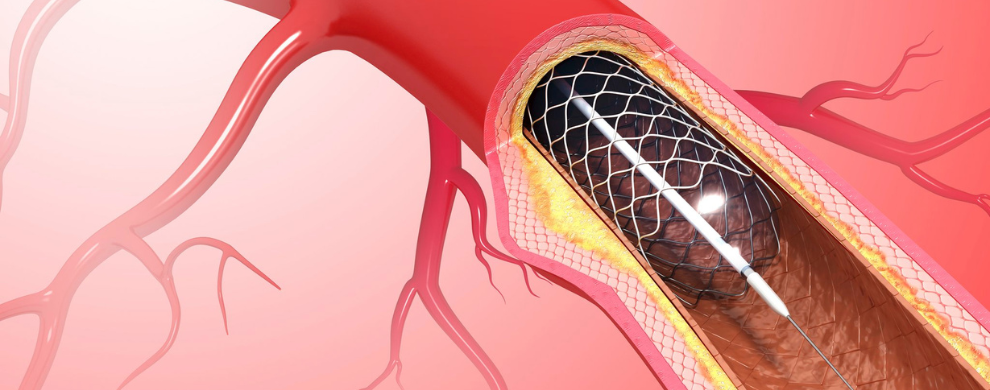
A new paper from BMC2, published in Catheterization and Cardiovascular Interventions, outlines a study that analyzed over one million PCI cases in Michigan and the United Kingdom from 2010 – 2017. The goal was to understand patient differences and how doctors practiced over time and gain insight into improving quality of care and patient outcomes.
“Comparative Analysis of Percutaneous Revascularization Practice in the United States and the United Kingdom: Insights From the BMC2 and BCIS Databases” authors Brett Wanamaker, Ahmad Shoaib, Milan Seth, Devraj Sukul, Mamas Mamas, and Hitinder Gurm found a higher prevalence of diabetes and prior history of heart vessel blockages in patients in the Michigan cohort than that of patients in the British Cardiovascular Intervention Society (BCIS) database.
Procedures done through the radial artery increased over time in both groups but were performed more commonly in the United Kingdom. In Michigan, the use of mechanical devices to support the heart during the stent procedure increased over time, while in the United Kingdom, this strategy was rare. Stent placement for major heart attacks was more common in the United Kingdom. Overall rates of outcomes like death and stroke were similar in both populations though the authors did not design the study to determine this type of outcome.
The authors found it particularly interesting that the uptake of radial procedures for stenting was more rapid and widespread in the U.K. Also intriguing was that mechanical support use was more frequent in Michigan despite a similar, or higher, number of complex procedures in the U.K.
As practice patterns in cardiac procedures continue to grow and evolve, Dr. Wanamaker says that looking outward and comparing data from Michigan with data from other countries can be helpful. “Understanding population health, procedural trends, and other factors influencing the quality of patient care can provide special insight into opportunities for improvement.”
Learn more about this study at PubMed.